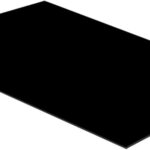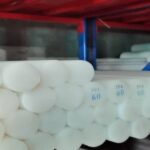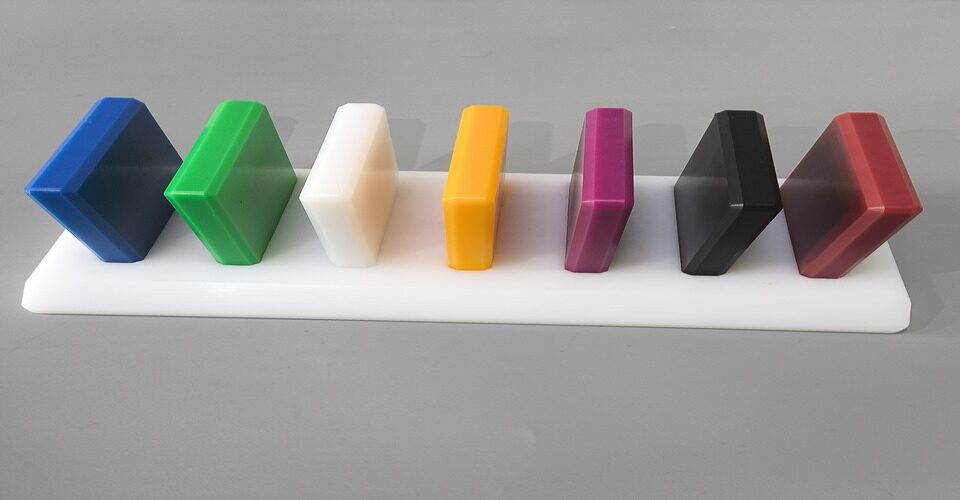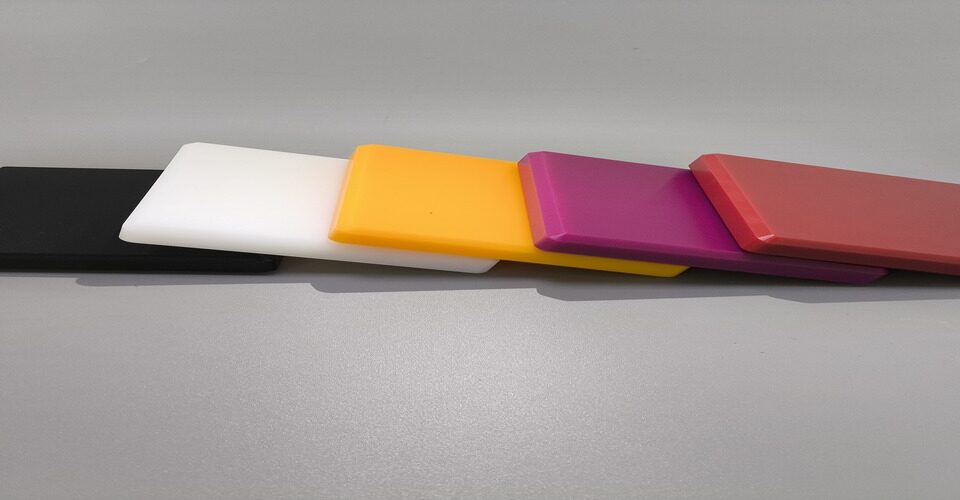
What is a rigid PVC sheet used for?
January 2, 2025
What is the material of PFA?
January 2, 2025PTFE (Polytetrafluoroethylene) is a high-performance polymer known for its exceptional chemical resistance, high thermal stability, and low friction properties. It is a white, waxy solid in its pure form and is commonly used in applications that require non-stick, heat-resistant, and chemically inert materials. PTFE is most notably known by the brand name Teflon and is used in various industries, including chemical processing, food production, electronics, and pharmaceuticals.
Is PTFE Rigid?
PTFE, in its pure form, is typically considered a flexible material rather than rigid. However, the rigidity of PTFE can vary depending on its processing and the specific form it takes. While standard PTFE is somewhat flexible, it can be made more rigid through different manufacturing techniques, such as sintering or filling with reinforcing agents like glass fibers.

The natural state of PTFE allows it to exhibit some flexibility, which makes it an ideal material for applications that require a material to withstand deformation under stress, such as seals, gaskets, and bearings. When PTFE is in its unfilled form, it is generally softer and can be compressed or shaped relatively easily.
However, when modified with fillers or when processed into more rigid forms, PTFE can exhibit higher stiffness. For example, filled PTFE compounds, such as glass-filled PTFE, have enhanced rigidity and can be used in applications that require a stronger, more rigid material, such as in machinery parts and structural components.
Advantages of PTFE’s Rigid and Flexible Properties
- Flexibility: Standard PTFE can be used in dynamic applications where movement and flexibility are required.
- Rigidity with Modifications: Reinforced PTFE maintains excellent chemical resistance while offering increased stiffness for more demanding applications.
- Thermal and Chemical Stability: Whether rigid or flexible, PTFE maintains its high resistance to heat and chemicals, making it highly versatile.
In conclusion, while PTFE is generally flexible, its rigidity can be enhanced depending on the manufacturing process and the additives used, allowing it to meet a wide range of industrial needs.






